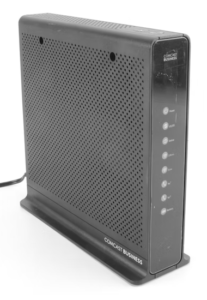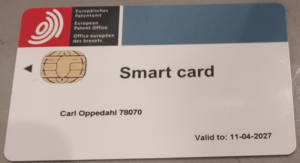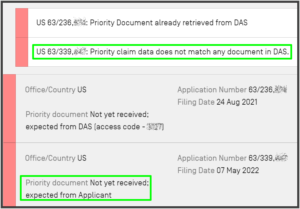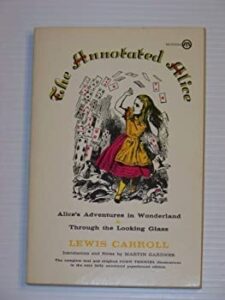
Everybody who is a Comcast internet customer eventually finds out that if you have one of these Comcast-provided routers that is the size of a cereal box, you are providing something called an “Xfinity hot spot” to everybody in the world.
The idea of the Xfinity hot spots, of course, is that this becomes a selling point — a reason why somebody might want to subscribe to Comcast internet service, so as to be able gain the benefit of the ten million or so of these cereal-box-sized routers that are in place around the US.
When you as a Comcast customer learn that you have one of these routers, and you learn that you are hosting an Xfinity hot spot, you wonder if there is any drawback to this. Are you, for example, going to see a hit on your internet speeds if half a dozen members of the public are connected to your hot spot and making heavy use of the connection? (I have done tests and yes, if you put enough public users on the hot spot, it does slow down the internet for the paying customer, especially if they are on a low-speed tier of service.) But a completely separate question is, is the Xfinity hot spot taking up radio spectrum space that you might need in your home or office for other devices, such as Bluetooth hearing aids, DECT cordless phones, or mesh networking devices? And of course the answer is yes.
Comcast goes out of its way to tout the ten million Xfinity hot spots to their potential users, and goes out of its way to minimize its candor toward the customers who host those hot spots. It takes quite a lot of clicking around on the Comcast web site to learn that you, dear reader, are hosting such a hot spot, and it takes even more clicking around on the Comcast web site to learn how to toggle the hot spot on or off.
Which leads to the natural question, how does one go about turning off one’s Xfinity hot spot? I spent the past 24 hours trying to turn it off for my new service that got installed yesterday, and I have still not succeeded. Continue reading “Trying to turn off Comcast’s stealth wifi hotspot”






